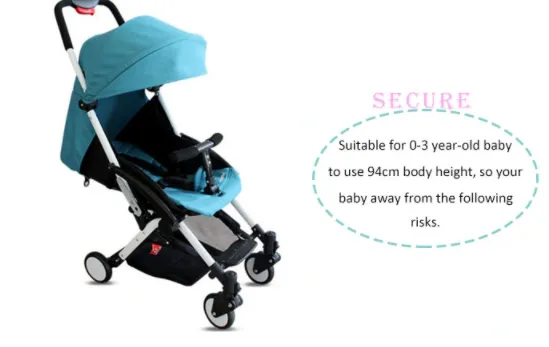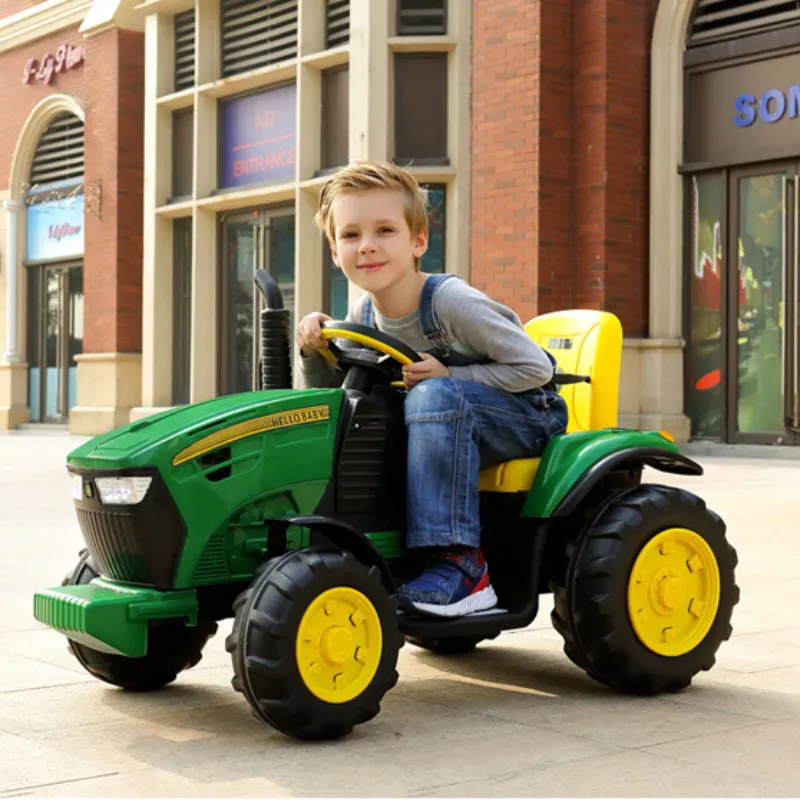
- Afrikaans
- Albanian
- Amharic
- Arabic
- Armenian
- Azerbaijani
- Basque
- Belarusian
- Bengali
- Bosnian
- Bulgarian
- Catalan
- Cebuano
- Corsican
- Croatian
- Czech
- Danish
- Dutch
- English
- Esperanto
- Estonian
- Finnish
- French
- Frisian
- Galician
- Georgian
- German
- Greek
- Gujarati
- Haitian Creole
- hausa
- hawaiian
- Hebrew
- Hindi
- Miao
- Hungarian
- Icelandic
- igbo
- Indonesian
- irish
- Italian
- Japanese
- Javanese
- Kannada
- kazakh
- Khmer
- Rwandese
- Korean
- Kurdish
- Kyrgyz
- Lao
- Latin
- Latvian
- Lithuanian
- Luxembourgish
- Macedonian
- Malgashi
- Malay
- Malayalam
- Maltese
- Maori
- Marathi
- Mongolian
- Myanmar
- Nepali
- Norwegian
- Norwegian
- Occitan
- Pashto
- Persian
- Polish
- Portuguese
- Punjabi
- Romanian
- Russian
- Samoan
- Scottish Gaelic
- Serbian
- Sesotho
- Shona
- Sindhi
- Sinhala
- Slovak
- Slovenian
- Somali
- Spanish
- Sundanese
- Swahili
- Swedish
- Tagalog
- Tajik
- Tamil
- Tatar
- Telugu
- Thai
- Turkish
- Turkmen
- Ukrainian
- Urdu
- Uighur
- Uzbek
- Vietnamese
- Welsh
- Bantu
- Yiddish
- Yoruba
- Zulu
Jan . 09, 2025 12:24 Back to list
children's ride on electric cars
Choosing the perfect children's ride-on electric car can be a daunting task for many parents. With the myriad of models available, ensuring you select a product that offers safety, fun, and durability is essential. This comprehensive guide explores the nuances of selecting, using, and maintaining such a ride-on, equipping you with the knowledge that epitomizes Experience, Expertise, Authoritativeness, and Trustworthiness (E-E-A-T).
Moreover, battery life and charging time are critical elements influencing your decision. Typically, a well-built ride-on car should run for at least one hour on a full charge, though this can vary based on usage and terrain. Fast charging models are increasingly popular, reducing downtime between play sessions. This leads us to trustworthiness, which is built on validated reviews and feedback from other parents. Authentic user reviews often highlight the strengths and weaknesses of a model, offering insight into the real-world performance of the car. When evaluating reviews, focus on consistent themes of satisfaction or dissatisfaction that can corroborate or contradict official manufacturer claims. Additionally, maintenance plays an essential role in ensuring your child's ride-on car remains a trustworthy purchase. Regularly check tire wear, battery condition, and the structural integrity of the car. Simple maintenance tasks such as keeping the car clean and dry contribute significantly to its longevity and performance. Thus, when equipped with this balanced perspective encompassing experience, expertise, authoritativeness, and trustworthiness, you can confidently navigate the variety of children's ride-on electric cars available today. Prioritizing safety, performance, and brand reliability guarantees not just an entertaining experience for your child, but also peace of mind for you as a parent. In conclusion, while the market presents numerous options, utilizing the pillars of E-E-A-T ensures that your purchase is informed, safe, and assured, making playtime a memorable and secure adventure for your child.


Moreover, battery life and charging time are critical elements influencing your decision. Typically, a well-built ride-on car should run for at least one hour on a full charge, though this can vary based on usage and terrain. Fast charging models are increasingly popular, reducing downtime between play sessions. This leads us to trustworthiness, which is built on validated reviews and feedback from other parents. Authentic user reviews often highlight the strengths and weaknesses of a model, offering insight into the real-world performance of the car. When evaluating reviews, focus on consistent themes of satisfaction or dissatisfaction that can corroborate or contradict official manufacturer claims. Additionally, maintenance plays an essential role in ensuring your child's ride-on car remains a trustworthy purchase. Regularly check tire wear, battery condition, and the structural integrity of the car. Simple maintenance tasks such as keeping the car clean and dry contribute significantly to its longevity and performance. Thus, when equipped with this balanced perspective encompassing experience, expertise, authoritativeness, and trustworthiness, you can confidently navigate the variety of children's ride-on electric cars available today. Prioritizing safety, performance, and brand reliability guarantees not just an entertaining experience for your child, but also peace of mind for you as a parent. In conclusion, while the market presents numerous options, utilizing the pillars of E-E-A-T ensures that your purchase is informed, safe, and assured, making playtime a memorable and secure adventure for your child.
Latest news
-
The Ultimate Kids' Four-Wheeler Experience
NewsJul.09,2025
-
The Ultimate Guide to Mountain Bikes: Gear Up for Your Ride
NewsJul.09,2025
-
The New Age of Cycling: Electric Bikes for Every Rider
NewsJul.09,2025
-
The Best Kids Bicycles: Ride in Style and Safety
NewsJul.09,2025
-
The Best 3-Wheel Scooters for Kids: Fun, Safety, and Adventure
NewsJul.09,2025
-
Revolutionize Your Ride: Affordable Electric Bikes
NewsJul.09,2025
-
Finding the Perfect Mountain Bike for Every Rider
NewsJul.09,2025



